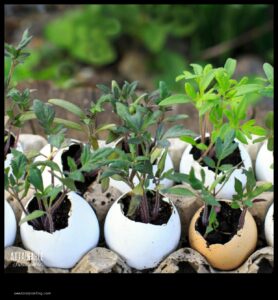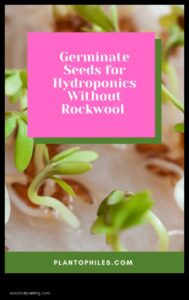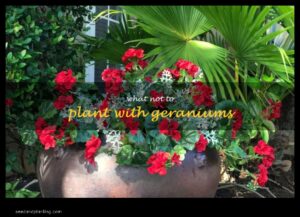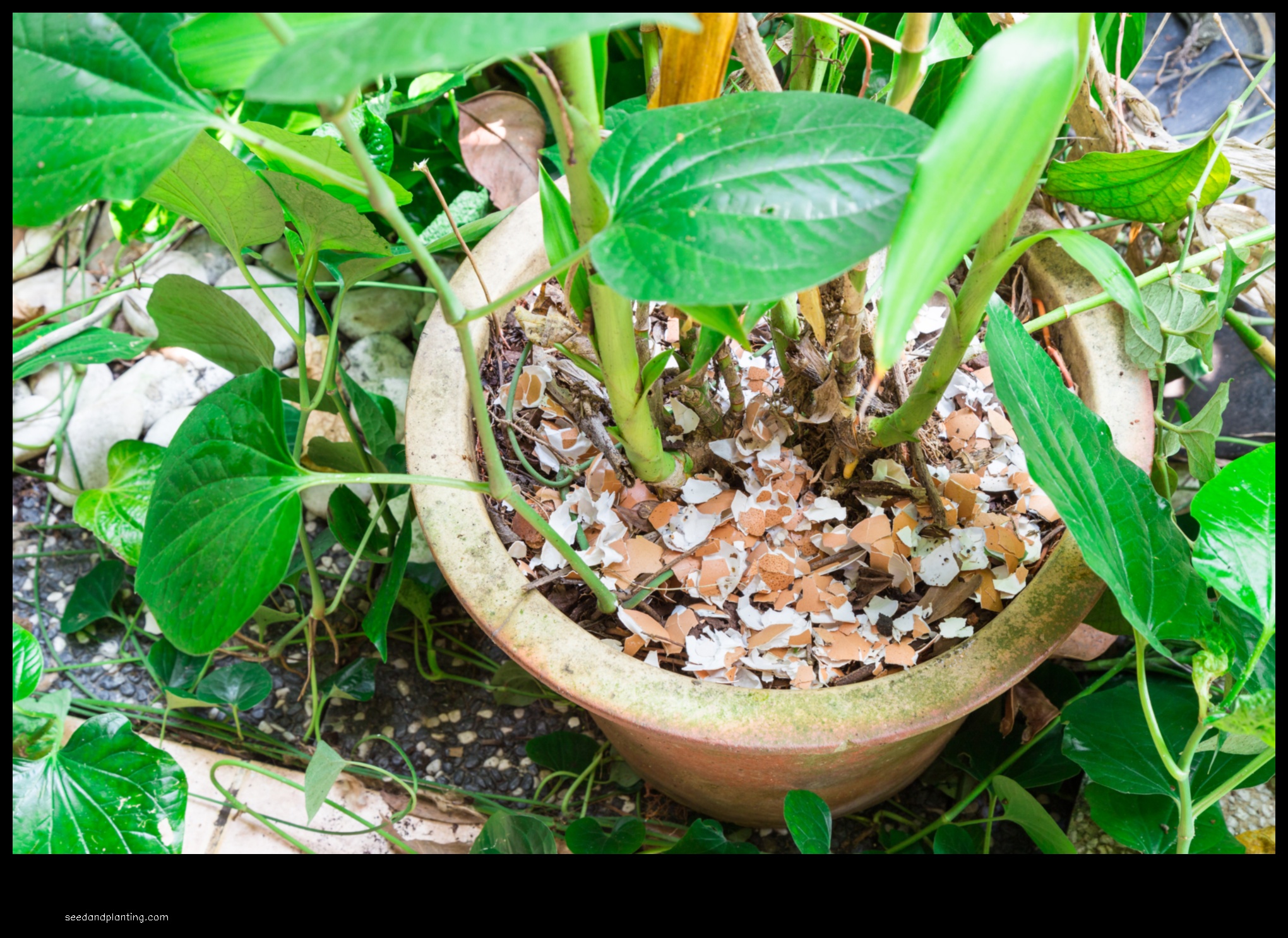
I. Introduction

II. What are eggshells and why are they good for plants?
III. How to use eggshells for plants
IV. Benefits of using eggshells for plants
V. How much eggshells do plants need?
VI. How often to use eggshells for plants
VII. Side effects of using eggshells for plants
VIII. How to store eggshells for plants
IX. FAQ
X. Conclusion
>
| Topic | Answer |
|---|---|
| Eggshells | The hard outer layer of a bird’s egg. |
| Why are eggshells good for plants? | They provide calcium, magnesium, and other nutrients that can help plants grow strong and healthy. |
| How to use eggshells for plants | You can crush eggshells and add them to the soil, or you can make a liquid eggshell fertilizer by soaking eggshells in water for several days. |
| Benefits of using eggshells for plants | Eggshells can help to improve the soil structure, reduce the need for chemical fertilizers, and deter pests. |
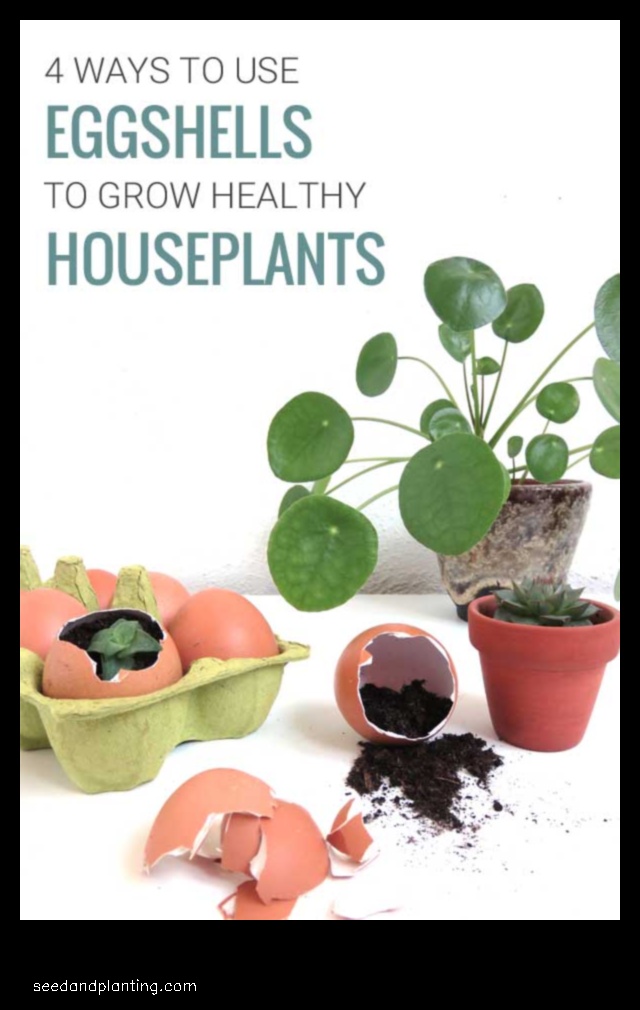
II. What are eggshells and why are they good for plants?
Eggshells are a natural source of calcium, which is an essential nutrient for plant growth. Calcium helps to strengthen plant cell walls and promote root development. It can also help to improve the overall health of plants by making them more resistant to pests and diseases.
In addition to calcium, eggshells also contain other nutrients that are beneficial to plants, such as magnesium, phosphorus, and potassium. These nutrients can help to improve the overall health and productivity of plants.

III. How to use eggshells for plants
There are a few different ways to use eggshells for plants. You can crush them up and add them to the soil, make a liquid eggshell fertilizer, or use them as a mulch.
To crush eggshells, you can place them in a food processor or blender and pulse until they are finely ground. You can also use a mortar and pestle.
Once the eggshells are crushed, you can add them to the soil around your plants. The eggshells will help to improve the drainage of the soil and provide a source of calcium and other nutrients for your plants.
To make a liquid eggshell fertilizer, you will need to crush the eggshells and then soak them in water for several days. The water will absorb the nutrients from the eggshells and become a nutrient-rich fertilizer that you can use on your plants.
To use eggshells as a mulch, you can simply spread them around the base of your plants. The eggshells will help to keep the soil moist and protect the roots of your plants from pests.
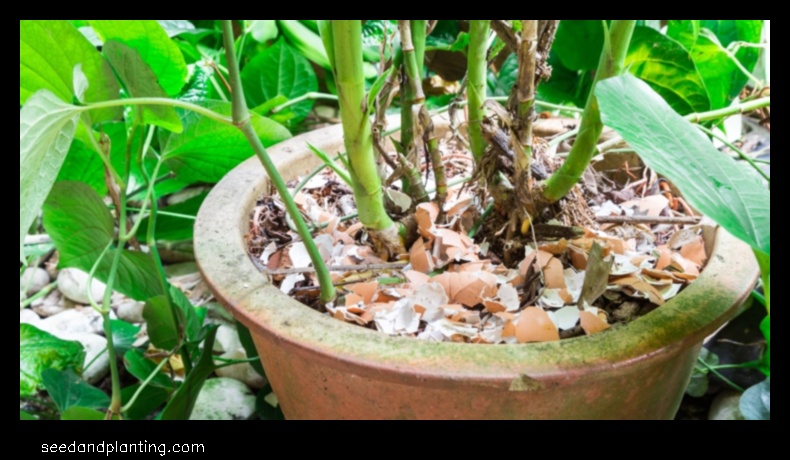
IV. Benefits of using eggshells for plants
Eggshells can provide a number of benefits for plants, including:
- Improved soil structure: Eggshells help to improve the drainage and aeration of soil, which can help plants to grow more roots and absorb more nutrients.
- Increased calcium levels: Eggshells are a good source of calcium, which is an essential nutrient for plant growth. Calcium helps to strengthen cell walls and promote healthy growth.
- Reduced pest infestations: Eggshells can help to deter pests such as snails and slugs, which can damage plants.
- Improved flower and fruit production: Eggshells can help to improve the production of flowers and fruit on plants.
V. How much eggshells do plants need?
The amount of eggshells that a plant needs will vary depending on the size of the plant and the type of soil. A good rule of thumb is to use one eggshell per gallon of soil. However, you may need to adjust this amount depending on the specific needs of your plant.
If you are not sure how much eggshells to use, it is always better to err on the side of caution and use less rather than more. Eggshells can be a slow-release fertilizer, so it is important to not over-fertilize your plants.
If you are using eggshells as a fertilizer, you can simply crush them up and sprinkle them around the base of your plants. You can also make a liquid eggshell fertilizer by crushing up the eggshells and soaking them in water for several days. The resulting liquid can then be used to water your plants.
Eggshells can also be used as a soil amendment. Crushed eggshells can help to improve the drainage of soil and add nutrients to the soil. You can add eggshells to your soil when you are planting your plants or you can sprinkle them on top of the soil throughout the growing season.
Eggshells are a safe and natural way to improve the health of your plants. By using eggshells, you can help your plants to grow strong and healthy.
6. Which plants like eggshells?
Eggshells are a good source of calcium and other nutrients that can benefit plants. However, not all plants are able to use eggshells as a source of nutrients. Some plants, such as tomatoes, peppers, and eggplants, are particularly good at using eggshells. Other plants, such as roses, geraniums, and impatiens, can also benefit from eggshells, but they may not be able to use them as effectively as tomatoes, peppers, and eggplants.
If you are not sure whether a particular plant will benefit from eggshells, it is best to experiment and see how the plant responds. You can start by adding a small amount of eggshells to the soil around the plant and see if the plant shows any signs of improvement. If the plant does not seem to benefit from the eggshells, you can stop adding them.
Here is a list of some plants that are known to benefit from eggshells:
- Tomatoes
- Peppers
- Eggplants
- Roses
- Geraniums
- Impatiens
If you are looking for a way to improve the health of your plants, eggshells can be a great option. They are a natural source of calcium and other nutrients that can help your plants to grow strong and healthy. Just be sure to experiment with different plants and amounts of eggshells to find out what works best for you.
VII. Side effects of using eggshells for plants
While eggshells are generally safe to use for plants, there are a few potential side effects to be aware of.
First, eggshells can be sharp and can damage plant roots if they are not crushed or ground up before being used.
Second, eggshells can contain bacteria, so it is important to wash them thoroughly before using them.
Finally, eggshells can add calcium to the soil, which can be beneficial for some plants but harmful for others. It is important to test the soil before using eggshells to make sure that your plants do not have too much calcium.
How to store eggshells for plants
Eggshells can be stored in a variety of ways. Here are a few tips:
- Store eggshells in a sealed container in the refrigerator or freezer.
- Dry eggshells thoroughly before storing them.
- Break eggshells into small pieces before storing them.
- Store eggshells in a dark, dry place.
By following these tips, you can help to ensure that your eggshells stay fresh and free from pests and bacteria.
IX. FAQ
Q: Which plants like eggshells?
A: Many plants can benefit from eggshells, including tomatoes, peppers, eggplants, roses, and geraniums. Eggshells are a good source of calcium and other nutrients that can help to improve the health of these plants.
Q: How much eggshells do plants need?
A: A general rule of thumb is to use 1-2 eggshells per plant per year. However, you may need to adjust this amount depending on the size of your plant and the type of soil it is growing in.
Q: How often should I use eggshells for my plants?
A: You can use eggshells for your plants as often as you like, but it is generally recommended to do so once or twice per year.
Q: What are the side effects of using eggshells for plants?
A: There are no known side effects of using eggshells for plants. However, it is important to make sure that the eggshells are crushed or ground up before using them, as large pieces of eggshell can be harmful to plants.
Q: How should I store eggshells for my plants?
A: You can store eggshells in a dry, dark place for up to 6 months. However, it is best to use them as soon as possible for maximum effectiveness.
Q: Can I use eggshells for other purposes besides fertilizing plants?
A: Yes, eggshells can be used for a variety of other purposes, including making eggshell crafts, using them as a natural pest repellent, and adding them to compost.
Which Plants Like Eggshells?
Eggshells are a great source of calcium and other nutrients that can benefit plants. However, not all plants can benefit from eggshells. Some plants, such as tomatoes, peppers, and eggplants, are particularly fond of eggshells. Other plants, such as roses, geraniums, and impatiens, do not benefit as much from eggshells.
Here is a list of some plants that like eggshells:
- Tomatoes
- Peppers
- Eggplants
- Roses
- Geraniums
- Impatiens
If you are not sure whether a particular plant will benefit from eggshells, it is best to err on the side of caution and not use them.
FAQ
Q: How do I use eggshells for my plants?
A: There are a few different ways to use eggshells for your plants. You can crush them up and add them to the soil, or you can make a tea out of them and water your plants with it.
Q: How much eggshells do my plants need?
A: You don’t need to use a lot of eggshells for your plants. A handful of crushed eggshells per plant is usually enough.
Q: How often should I use eggshells for my plants?
A: You can use eggshells for your plants every few weeks or so. Just be sure not to overdo it, as too much eggshells can actually damage your plants.
- Unraveling the Mystery of Yellowing Snake Plants - May 16, 2024
- Troubleshooting Yellowing Citronella Plants - May 16, 2024
- Troubleshooting: Elephant Ear Plant Turning Yellow - May 16, 2024


